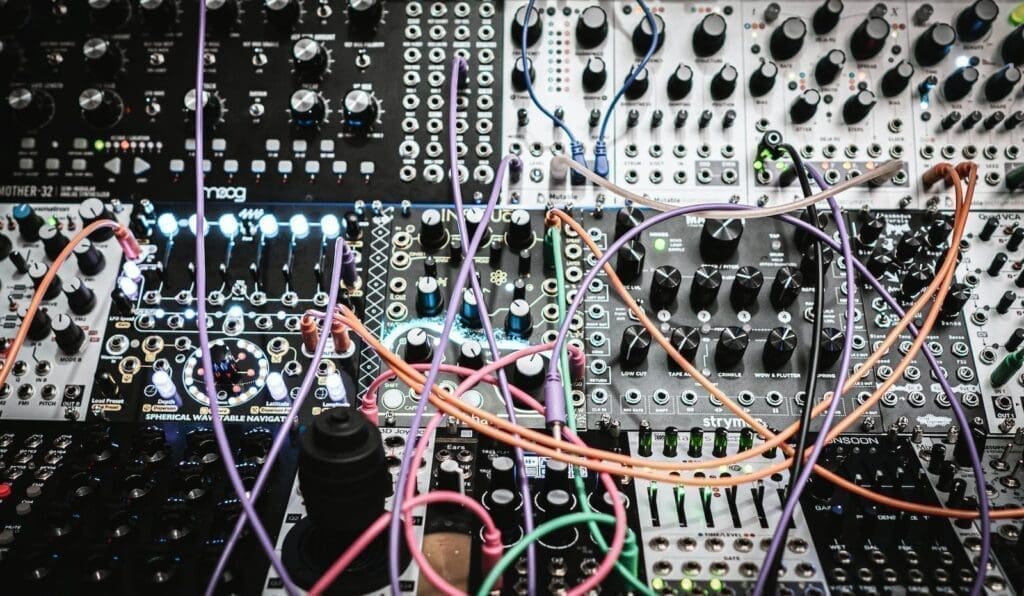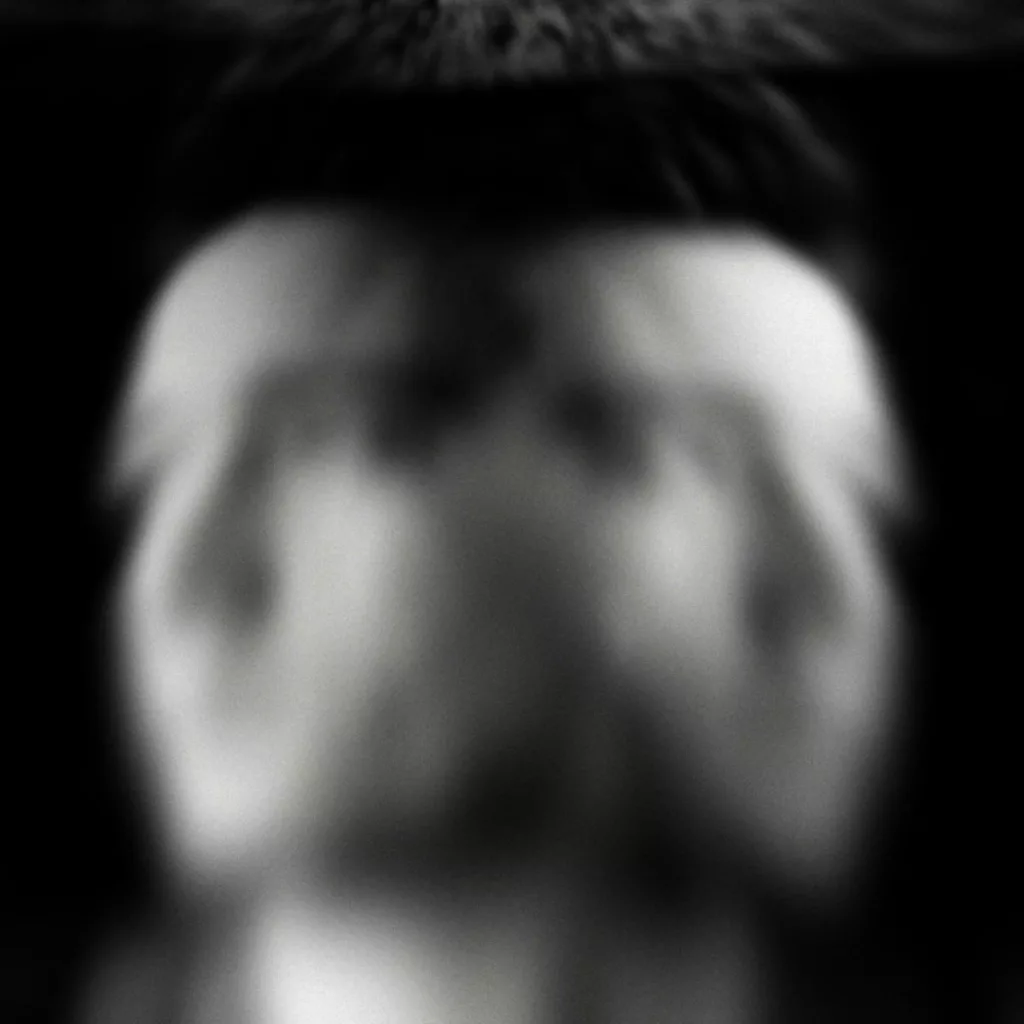
I will refrain from doing a historical survey (a good music history book can provide all the necessary information). However, I will try to highlight my thoughts on the matter. First, it must be admitted without qualms that music constantly evolves. Experimentation is not new in the twentieth century but has continuously characterized new works from a specific cultural heritage.
From the Middle Ages onward, there has been a persistent change in music’s forms, instruments, and role in the social context. From a purely religious purpose of use focused on monodic singing (also to enable worshippers to understand the words), it shifted to a secular form of entertainment, with more or less committed poetic texts (i.e., the ancestor of today’s song).
Gradually, with the emergence of cafes, theaters, and venues for the general public (not just aristocrats), styles shifted to encourage involvement unrelated to particular contexts (e.g., liturgical). Musical forms have accelerated their evolution from the simplest counterpoints to complex harmonic polyphonies, of which Bach is undoubtedly the most outstanding exponent.
The ensembles have also expanded to include timbrically diverse instruments to produce sonic results much more adherent to their intended purposes. This process continued during the Classical (Mozart’s ability to restructure the concerto for solo instrument, creating a constant connection with the orchestra, is worth mentioning) and Romantic eras. During the latter, the piano, which has now become the king of keyboard instruments, allowed composers to express a wide range of emotions, even in a chamber and sometimes intimate context.
To better understand how articulate and profound this evolution has been, one only needs to listen to a prelude from a Bach suite and then to a piano work by Debussy or Satie. Even the least trained ear is capable of recognizing a variety of differences. But more importantly, perception, despite the peculiar characters of the different eras, appreciates the “edgy” sound of the harpsichord, as well as the dynamically and timbrically more varied sound of the piano, but, in both cases, it is unlikely to find itself in a lost condition.
Making a comparison, it is as if the first musicians planted a flag at a point in a boundless territory, and after that, each subsequent artist started circling the flag, moving away and then turning his or her gaze back to it. Undoubtedly, this “center,” for many centuries, was precisely the tonal center. The choice of diatonic scales and artifices for moving from one key to another elegantly has become the most essential concept in a composer’s harmonic training.
Another determining factor is continuity in instrumental development. The harpsichord indeed had elementary mechanics based on picks that struck the strings always with the same intensity. In contrast, a piano contains various mechanisms to reflect dynamics, note duration, timbre, etc. But, in both cases, what is noticeable is a background of similarity, similar to what one might discern in the features of a grandfather and his grandson.
All of this has been implicitly (and, after several ongoing debates, also explicitly) used to make music the preferred carrier of emotions and affect. Here, I will not go into the problems discussed by the philosophy of music. Still, it is sufficient to accept that music produces emotional involvement, both when it is accompanied by a text – in which case, the latter may even become dominant, and when it is pure or absolute music.
The composer, who has moved from a handicraft role to that of a full-fledged artist, should not immerse himself in philosophical and rationalist reflections but, on the contrary, privilege the beauty that the sound impact causes on the audience. In addition, since this is an emotional impact, the listener doesn’t need to be musically erudite to be able to discern a plot in the development of a work and to be able to recognize the smallest formal, melodic, and harmonic details.

Some may object that such judgment cannot have sufficient maturity to stand as genuine music criticism, but this is not a problem. Suppose the task of music is to represent, more or less objectively, states of mind. In that case, any listener is ipso facto qualified for the simple reason that he or she has a brain capable of triggering emotional and moving reactions in the same way as a critic with a vast store of theoretical knowledge.
At this point, it is possible to focus on the avant-garde experimentation in the twentieth century. The question I pose to the reader is straightforward: can you call an electronic piece composed at a phonology studio based on an intellectualistic analysis of a particular object beautiful? Or, can Stockhausen elicit any emotion with his “broken” string quartet with individual musicians engaged inside as many helicopters?
After all, if ethics has to decide right or wrong, aesthetics cannot help but reach and overcome the dilemma of whether a work of art is beautiful or ugly. From this point of view, the vanguard seems to want to avoid this kind of judgment altogether. It is not at all true that if art is to represent truth, it must also be able to be ugly. Instead, art must know how to represent even unpleasant truths beautifully. To understand what I am asserting, think of Picasso’s Guernica. The painter depicts the atrocities of a bloody civil war, but no observer could lightly claim that the painting is ugly because it is isomorphic to an equally ugly truth.
Similarly, music can represent different truths, both pleasant and unpleasant, but it should never give up the aesthetic commandment of beauty. Never mind that work is meant to reproduce the noises of a city in turmoil through an evocative series of scrolling and often unpleasant sounds. Should this be the goal, the composer should produce a beautiful work whose theme is the swirling noises of a metropolis.
Similarly, using purpose-built synthesizers and gadgets instead of traditional instruments is not stigmatizing. As long as the result does not require a preliminary intellectualist analysis to understand the why (if any) of a sequence of sounds devoid of motifs, phrases, antecedents and consequents, cadences, and any other formal structure suitable to make the enjoyment of music fluent and “sensible.”
Thus, the problem is not related to the means and perhaps not even to the ends per se, but rather to the preconditions necessary to replace aesthetics with a rationalist approach. They have turned out to be decidedly fallacious and witness the decadence of the avant-gardes and the oblivion into which most works created following such principles have fallen.
However, atonal music deserves a separate discussion. For example, much of Schoenberg’s research does not sacrifice aesthetics but makes instrumental use of it, bordering on its domain but still genuine. Likewise, many composers who favored atonal freedom have not abandoned the enjoyability of their pieces. Although the titles often indicate abstract research, the sonic results are developed with very often “classical” criteria, focusing on particular atmospheres to arouse in the listener (e.g., Ligeti’s Musica Ricercata or the works of Leo Brouwer).
In a later article, I will focus more on non-serial atonality. For now, I would like to reiterate the summary of my point of view (that of many famous philosophers of music). Music is not literature and should never attempt to be. This claim is dangerous and a harbinger of unforgivable errors. Thus, the goal of art is to pursue the beautiful, even in the representation of the ugly. It is also not recommended to turn a music enjoyment experience into an exercise in logic and search for meaning whose existence is often questionable.
There is nothing wrong with experimenting; on the contrary, as I have already said, it is a natural process that must be harnessed to build on the shoulders of giants. However, once in a while (thankfully, less and less now), before engaging in semi-engineering and less artistic activities, it would not hurt to ask, “But would a motorist listen to this music while driving to work?“
Photos by Adi Goldstein and Serhii Tyaglovsky

